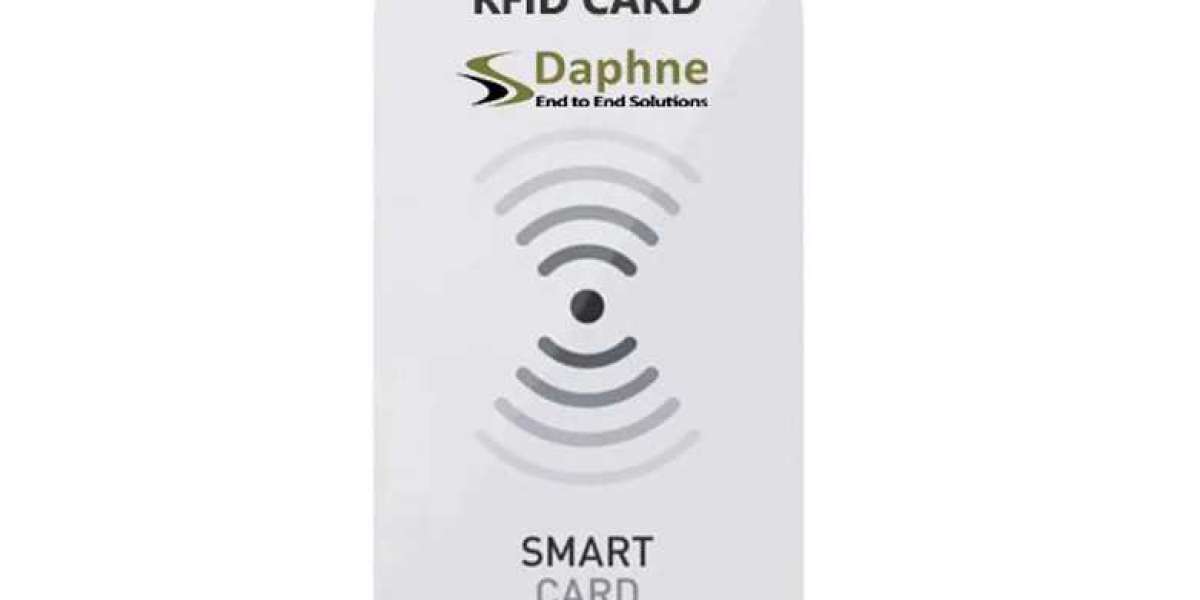An RFID card (Radio Frequency Identification card) or smart card is a card embedded with an RFID chip and antenna, used for various purposes like access control, identification, payment, and data storage. These cards work on the principle of RFID technology, where information is stored on a chip and can be transmitted wirelessly to an RFID reader via radio waves.
Types of RFID Cards / Smart Cards:
Contactless RFID Cards: These cards communicate with an RFID reader wirelessly without needing physical contact. The reader emits a radio frequency signal, which powers the chip inside the card to transmit its stored data.
Contact Smart Cards: In contrast, contact smart cards require physical contact with a reader, usually through a card slot. These contain a chip that must be inserted into a reader for data transfer.
Hybrid or Dual-Interface Cards: These cards can operate in both contact and contactless modes, meaning they have both a contact chip and an embedded RFID chip.
How RFID Cards Work:
Passive RFID Cards: These cards do not have a power source of their own. When placed near an RFID reader, the card receives energy from the reader’s emitted radio waves, powering the chip inside the card, which then transmits its stored information back to the reader.
Active RFID Cards: These cards contain a battery that powers the chip, enabling them to transmit signals over a greater distance. They are typically used in specialized applications such as toll collection or asset tracking.
Common Frequencies for RFID Cards:
Low Frequency (LF) Cards (125 kHz): Commonly used in access control systems like key cards for buildings or offices.
High Frequency (HF) Cards (13.56 MHz): These include NFC (Near Field Communication) cards, used for contactless payments, transit passes, and secure identification.
Ultra-High Frequency (UHF) Cards (860-960 MHz): Less common for card applications but used in systems requiring long-range tracking.
Key Features of RFID Cards / Smart Cards:
Security: RFID cards can incorporate encryption and secure communication protocols, especially in applications like payment cards and government-issued ID cards.
Durability: Since RFID cards do not require direct contact with a reader, they are less prone to wear and tear, making them highly durable.
Memory Capacity: Some RFID cards have memory that can store additional information beyond a simple ID number, such as personal data, transaction history, or even cryptographic keys.
Customization: Cards can be customized with printed graphics, logos, or barcodes, depending on their purpose and the issuing organization.







